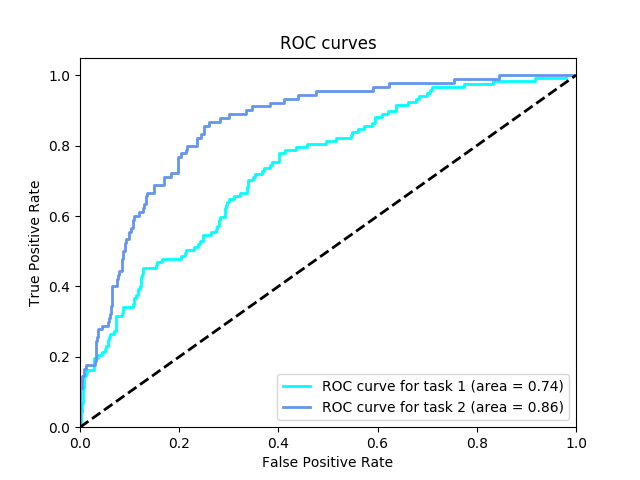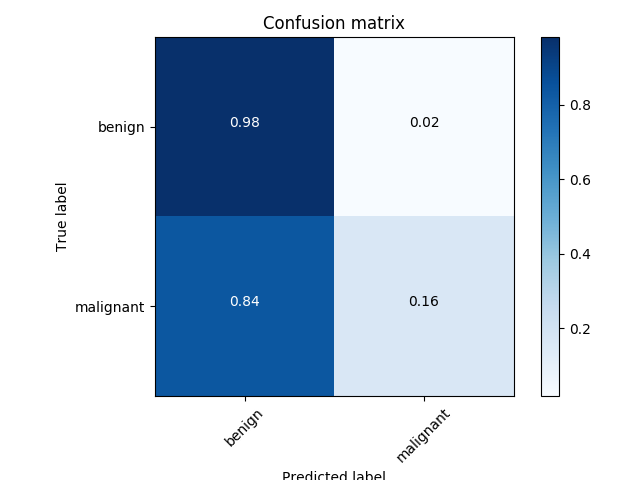This is a mid-project that was done as part of the Deep Learning course from Udacity that I attended after attaining a scholarship. It is part of my journey of figuring out the ML and DL world. I'm still learning so cut me some slack 😅. This repo is based of this one from Udacity.
This small project contains an algorithm (pre-trained) that visually diagnoses a melanoma, the deadliest form of skin cancer. It is meant to distinguish the latter from two other types of benign lesions: nevi and seborrheic keratoses. I know, the words are a mouthful, innit?
The data and main goals from this notebook are directly from the famous 2017 ISIC Challenge on Skin Lesion Analysis Towards Melanoma Detection, where participants were tasked with diagnosing skin lesion images of the aforementioned. Many papers found out that using pre-trained models (such as ResNet) actually output great predictions, better than some medical experts!
Since this is inspired by the ISIC challenge, the algorithm is ranked according to three categories.
Gauge the ability of the CNN to distinguish between a melanoma and the two benign skin lesions by calculating the area under the receiver operating characteristic curve corresponding to the binary classification task. If you have no idea what a ROC curve is, I suggest reading the Wikipedia article.
Melanomas and nevi are derived from melanocytes whereas seborrheic keratoses are derived from keratinocytes. These are two types of epidermal skin cells. In this category, the ability of the CNN to distinguish between these two skin lesions will be tested and calculating the area under the ROC curve.
This refers to the average of the ROC values from the first two categories.
My results for each category are as follows:
Category 1 Score: 0.740
Category 2 Score: 0.857
Category 3 Score: 0.798
The corresponding ROC CURVES I got and the confusion matrix related to the melanoma classification task are shown as follows (the command python get_results.py my_submissions.csv was executed to yield these plots):
The threshold of the confusion matrix is 0.5, its default. If you want to change the threshold to another value (for example, 0.4), you'd run the command like so:
python get_results.py sample_predictions.csv 0.4
You're encouraged to want to try this for yourself! This notebook is my personal solution for the problem proposed by Udacity. If you want to try it and get your own results or share it with your friends, visit their and check the Getting started and Getting your results sections.



